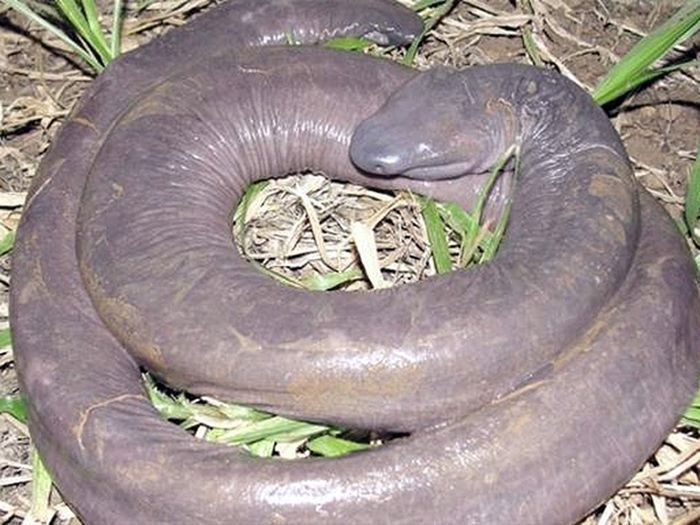|
|
Atretochoana Eiselti
|
Most caecilians have a well-developed right lung and a relictual left lung. Some, such as Atretochoana's relatives, have two well-developed lungs. Atretochoana, however, entirely lacks lungs, and has a number of other features associated with lunglessness, including sealed choanae, and an absence of pulmonary arteries. Its skin is filled with capillaries that penetrate the epidermis, allowing gas exchange. Its skull shows evidence of muscles not found in any other organism. The Vienna specimen of Atretochoana is a large caecilian at a length of 72.5 centimetres (28.5 in), while the Brasília specimen is larger still at 80.5 centimetres (31.7 in). By comparison, caecilians range in length from 110 to 1,600 millimetres (4.3 to 63 in).
History
The specimen in the Vienna Museum was known only to have originated from somewhere in South America, at least before 1945, most likely in the nineteenth century. Its lack of lungs was not known at this time, and the specimen was assigned to the species Typhlonectes compressicauda. The Vienna specimen was the holotype for this species when it was first described by Edward Harrison Taylor in his 1968 monograph Caecilians of the World. He named it Typhlonectes eiselti, in honour of Viennese herpetologist Josef Eiselt. Taylor considered it to be similar to the aquatic caecilians of the genus Typhlonectes and Potomotyphlus and placed it in the former genus, taking much note only of its large size and high number of splenial teeth.
|
|









